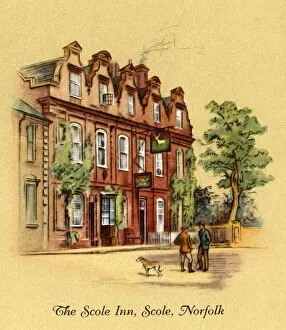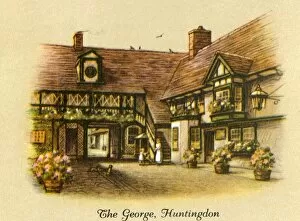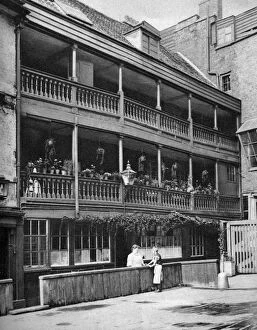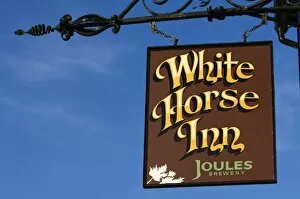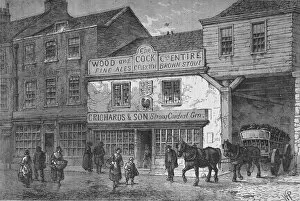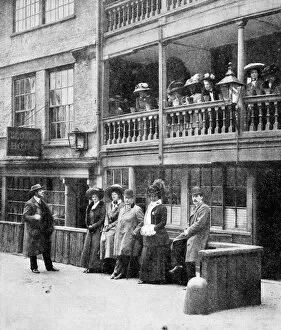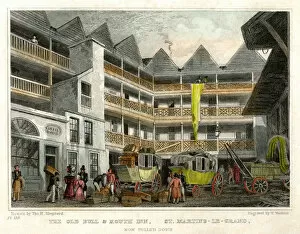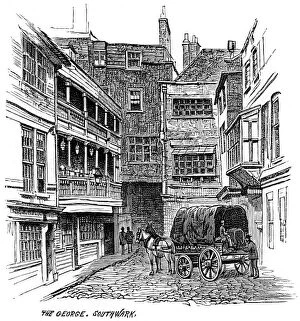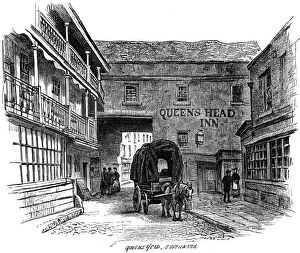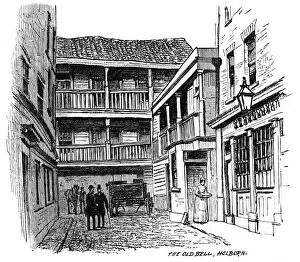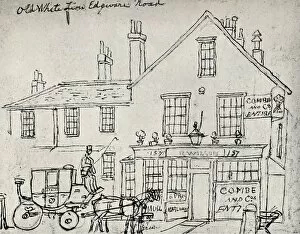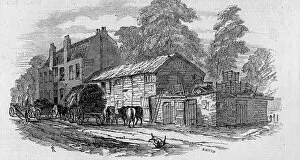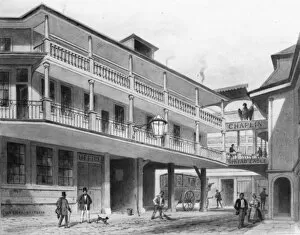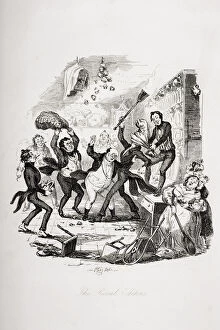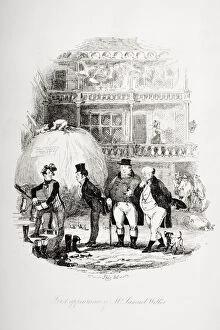Coaching Inn Collection (#3)
Coaching inns have long been an integral part of history, serving as vital hubs for travelers and locals alike
For sale as Licensed Images
Choose your image, Select your licence and Download the media
Coaching inns have long been an integral part of history, serving as vital hubs for travelers and locals alike. From the bustling streets of London to the serene countryside of Westmorland, these establishments have witnessed countless stories unfold within their walls. One such depiction is captured in William Hogarth's masterpiece, "The Stage Coach or Country Inn Yard" from 1747. This vibrant painting showcases a lively scene with horses being prepared for their journey while weary travelers rest and refresh themselves before continuing on their way. Moving forward to 1939, we find ourselves at The Swan in Grasmere, Westmorland. Although the creator remains unknown, this photograph transports us back to a simpler time when peace reigned amidst picturesque landscapes. The inn stands proudly against the backdrop of rolling hills and tranquil waters, inviting visitors to experience its warm hospitality. As we delve deeper into history, we encounter iconic names like Crown Hotel BL17932B and The Unicorn BL17932A. These establishments exude charm and character that can only be found in centuries-old buildings. They serve as reminders of a bygone era when horse-drawn carriages filled the streets and weary travelers sought solace within their welcoming doors. Across different regions, coaching inns played pivotal roles in facilitating communication between towns and cities. George Hotel MCF01_02_0830 stands tall as a testament to this importance while George Hotel Portsmouth CXP01_01_052 offers respite for sailors returning from treacherous voyages at sea. Venturing beyond British borders brings us face-to-face with Posting in Germany by Thomas Rowlandson during the late 18th century through early 19th century. This captivating image depicts bustling activity as coaches arrive at an inn where passengers eagerly await news from distant lands. Closer to home again is Gloucester's New Inn courtyard captured by Francis Bedford circa 1860-94.

